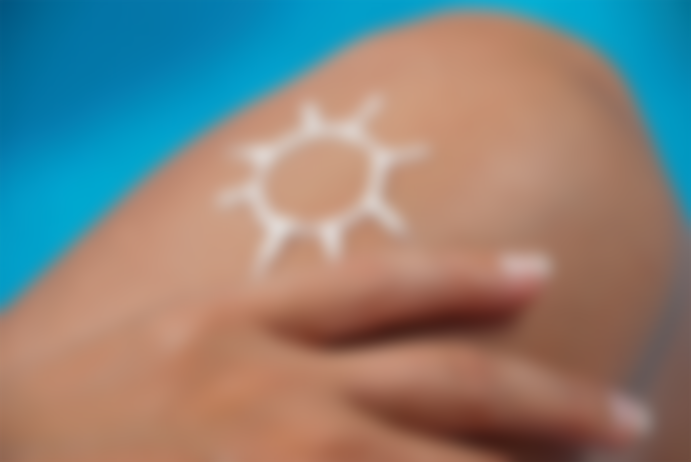Vitamin D deficiency has become a global problem. Studies have shown that adding it to the diet could prolong life and improve its quality.
Vitamin D is an extremely important vitamin that has a strong effect on several body systems. Unlike most vitamins, this vitamin actually acts as a hormone and every cell in the body has a receptor for it. Our body produces it from cholesterol when our skin is exposed to sunlight.
Vitamin D is not found in many foods. We get it by exposure to sunlight, but in winter it can happen that sunny days are not and are not overlooked. However, this vitamin is very important especially for the functioning of the immune system and for strong bones.
In autumn and winter, the biosynthesis of vitamin D in the skin is not efficient enough, so sufficient food intake is required. According to the latest recommendations, in the complete absence of biosynthesis, the human body needs 20 µg of vitamin D daily.

What is Vitamin D?
Vitamin D is a fat-soluble vitamin that plays an important role in bone and tooth development and in the functioning of the immune system. Among other things, it increases the ability of the small intestine to effectively absorb calcium from the diet.
Vitamin D is sufficiently biosynthesized in human skin when it is exposed to sunlight. Daily needs between spring and autumn are covered with a 15-minute moderate exposure to the sun, e.g. by walking if the hands and face are exposed to the sun.
RISK FACTORS A VITAMIN D DEFICIENCY ARE:
-dark skin,
-older age,
-overweight and obesity,
-consumption of insufficient amounts of fish or milk,
-life far from the equator, where there is little sun all year round,
-regular use of sunscreen,
-indoor confinement
EFFECT OF VITAMIN D:
BONES: Participates in the absorption of calcium and phosphate from the intestine, allowing normal bone mineralization. It is required for bone growth and remodeling by osteoblasts and osteoclasts.
MUSCLES: Recent research has confirmed the impact on the development, function and maintenance of muscle fibers, especially fast type II fibers. These are important for preventing falls in the elderly. Vitamin D inhibits sarcopenia (muscle breakdown) and thus prevents age-related loss of muscle mass and strength.
SLOWING AGING AND EXTENDING SURVIVAL: Vitamin D modulates cell growth, the immune system and has anti-inflammatory effects. It affects genes involved in the regulation of proliferation (multiplication), differentiation and apoptosis of cells (cell death).
STRENGTHENS THE IMMUNE SYSTEM: Increases resistance to respiratory infections. They also study its potential in lowering blood pressure and lowering the risk of cardiovascular disease, in inhibiting autoimmune diseases (rheumatoid arthritis, multiple sclerosis…), preventing diabetes, obesity, psoriasis, certain cancers (bowel cancer…) and improving the symptoms of depression. All these diseases were associated with low levels of vitamin D in the blood.
VITAMIN D AND DEPRESSION:
Depression is associated with low vitamin D levels and some studies have found that adding this vitamin improves mood.
VITAMIN D AND WOUND HEALING:
Inadequate vitamin D levels can lead to poor wound healing after surgery, injury, or infection.
Slow wound healing after surgery or injury can be a sign that vitamin D levels are too low.
Vitamin D and baldness in women
Hair loss can be a sign of vitamin D deficiency in female pattern baldness or an autoimmune condition of alopecia areata.
NUTRITION AND VITAMIN D:

The most important dietary source of vitamin D is foods of animal origin, much less in plant foods. Even otherwise, vitamin D is found in significant amounts in quite a few foods - the richest dietary sources are fat-rich foods such as fish, eggs, milk and dairy products, and especially foods enriched with vitamin D.
Vitamin D deficiency is extremely common and most people don’t even know it.
Vitamin D deficiency causes disturbances in calcium and phosphate metabolism, which can lead to reduced bone density and an increased risk of fractures and osteoporosis in adulthood. In infants and young children, vitamin D deficiency leads to rickets, which is characterized by skeletal deformities and cartilage growths due to impaired bone mineralization. Other symptoms of the disease are decreased muscle strength, decreased muscle tone, and increased susceptibility to infections.
Babies are especially vulnerable to vitamin D deficiency. They do not get it in sufficient quantities with breast milk. Vitamin D deficiency in children poses a risk of rickets, so it is recommended to add 10 μg of vitamin D daily at least in the first year of life. In infants fed milk formula, the rate of vitamin D supplementation should be adjusted to the vitamin D content of the milk formula.

Vitamin D deficiency also affects older people, who spend most of their time indoors, as they are not exposed to the sun most of the time, which prevents the biosynthesis of vitamin D. At the same time, older adults experience an enhanced bone breakdown process. D strengthens even more. Therefore, in such cases, it is recommended to supplement the diet with vitamin D, either in the form of fortified foods or dietary supplements, and it is also necessary to ensure adequate calcium intake.
SUBSTITUTION: Foods usually consume between 150 and 300 IU of vitamin D per day. According to the recommendations of the World Health Organization, we meet our daily needs with an intake of around 1000 IU / day. Thus, on average, about 400-800 IU per day should be added (depending on the individual). Patients are advised by doctors to take vitamin D in the form of drops (five drops a day or 35 drops once a week). Additional vitamin D intake is desirable especially in the winter months.
Thank you for reading my post!
I wish you Happy weekend!



Vitamin D je veoma važan za nase zdravlje.Zaista je dobar clanak.